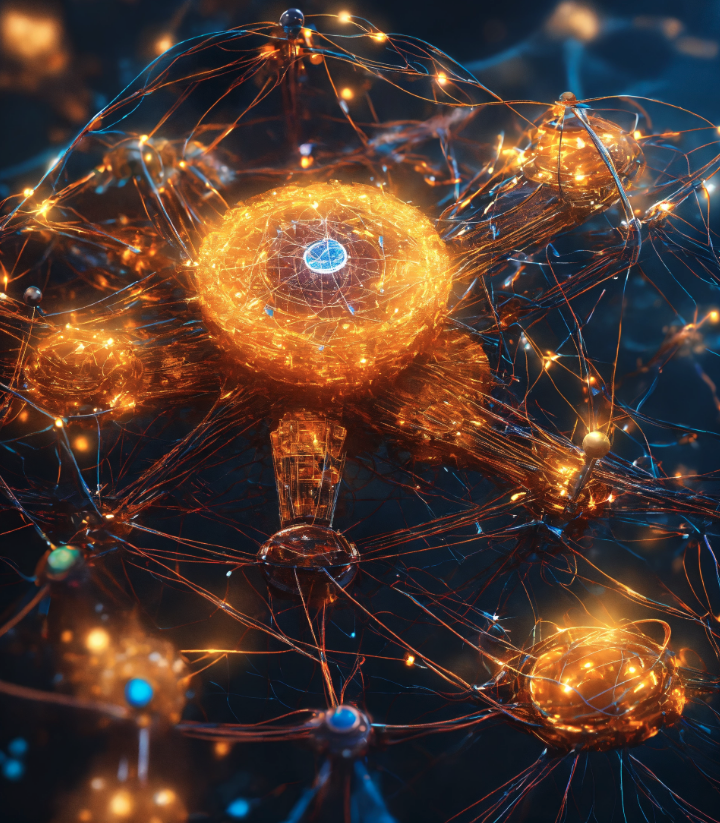A Knowledge Graph (EKG) models, integrates and accesses information assets within an organization using data and metadata. It enables organisations to connect and show meaningful relationships between data with a combination of:
- Knowledge representation structures
A Knowledge Graph model helps organisations understand and organise data in a structured way. It can provide you with integrated, linked and reusable data (rather than data silos) and can easily evolve to reflect your organisation’s needs. - Information management processes
Through a Knowledge Graph, organisations can see meaningful relationships and incorporate updated datasets easily - Search and share using algorithms
Knowledge Graphs enable organisations to analyze their graphs to acquire new knowledge and reuse the data for various purposes. Formal semantics is the perfect tool for dealing with large volumes of data in various forms and unravelling complex relationships.
Semantic AI based on Knowledge Graphs can be used for everything from searching and displaying information, as well as smart semantic AI applications. Leveraging your knowledge graph can offer you more than just extracting and linking data, providing recommendations and insights. Let’s take a look at 5 ways to make the best use of your Knowledge Graph.
Leveraging the Potential of a Knowledge Graph for Data Exploration and Insights:
1.
Use your Knowledge Graph to identify relationships between different data points.
The most basic way to explore a knowledge graph is to traverse it. A traversal starts at a particular node and follows the edges of the graph to explore what other nodes are connected to it. Traversing a knowledge graph allows for uncovering relationships between various entities, can reveal crucial connections.
2.
Use your Knowledge Graph to form a semantic understanding of the data.
A Knowledge graph can be used to form a semantic understanding of data by connecting nodes and edges in different ways and using a query language to ask the graph questions about the data. By combining data with different nodes and edges, you can gain a better understanding of the relationships between different entities and draw more insights from the data.
3.
Use your Knowledge Graph to identify correlations between data sets.
A Knowledge graph can be used to integrate data from multiple sources into a single, unified view. By combining data from multiple sources, with different nodes and edges, you can gain a better understanding of the relationships between different entities and draw insights from the data. This can facilitate a more streamlined and efficient analysis of data.
4.
Use your Knowledge Graph to identify patterns and trends in data.
It’s easy to miss the differences in how data and relationships are depicted, as they can be subtle and hard to spot in a single view. But when you take a step back and look at thousands of entities and their connections, and use a powerful tool to interpret them, the patterns become more visible. That’s when a knowledge graph can be most helpful, revealing facts that would otherwise go unnoticed. It can also be used to uncover new insights from data sets and make predictions about the future.
5.
Use your Knowledge Graph to create a dynamic data visualization.
Employing visualization tools, a dynamic representation of data aids in recognizing patterns and trends. This visual approach contributes to a clearer understanding of complex relationships and data structures within the knowledge graph.
With the right Enterprise Knowledge Graph, you can gain a deeper understanding of your organisation’s data and make better decisions about the future.




